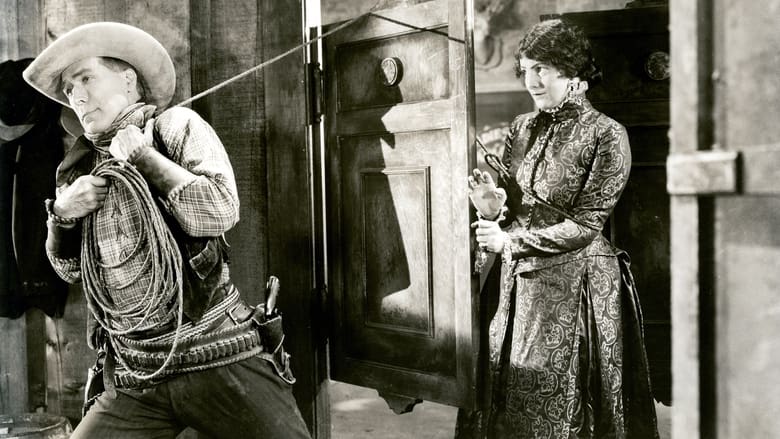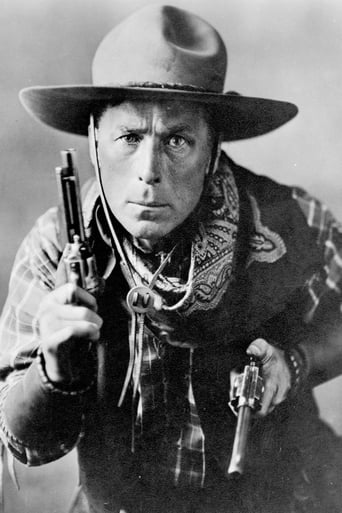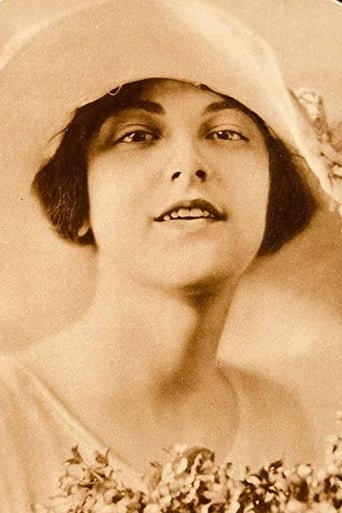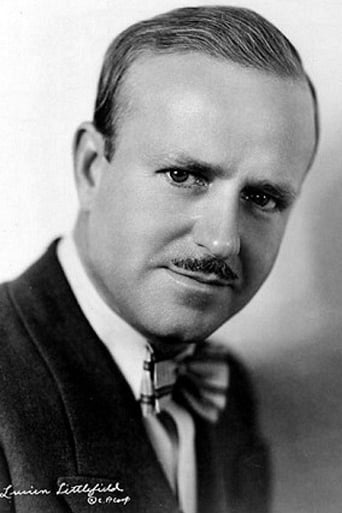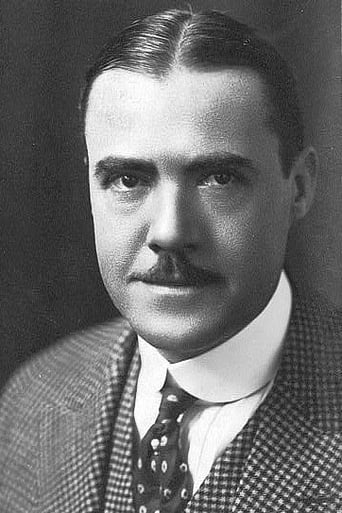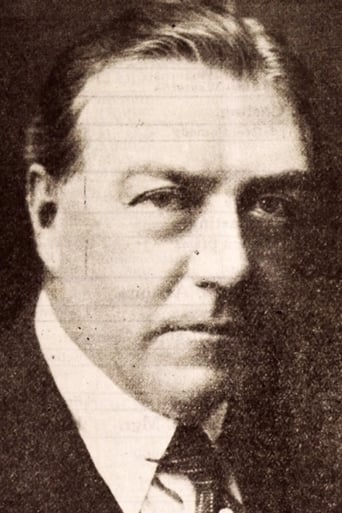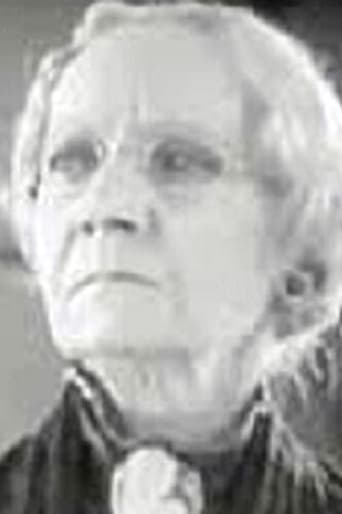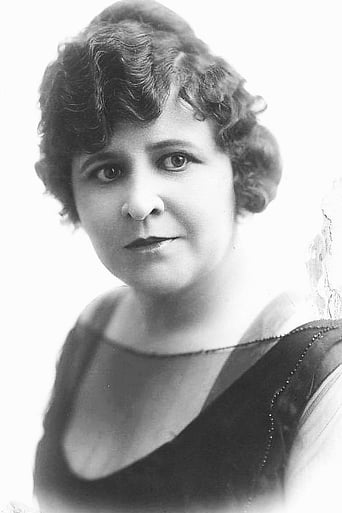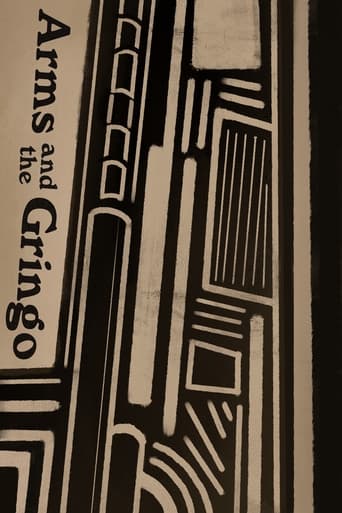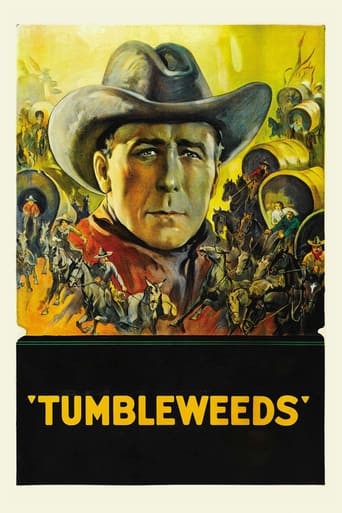
William S. Hart stars in this 1925 silent film as a cowboy intent on claiming land during the 1889 land rush in the Oklahoma Territory. Though hardened from years of taming the new frontier, he falls in love with a beautiful woman. Before he settles down, however, he must contend with men who wish to bring him harm. In the prologue of the 1939 Astor Pictures revival of this film, Hart gives a moving eight-minute introduction-- the first and only time he appeared in a film accompanied by his striking voice.
Similar titles
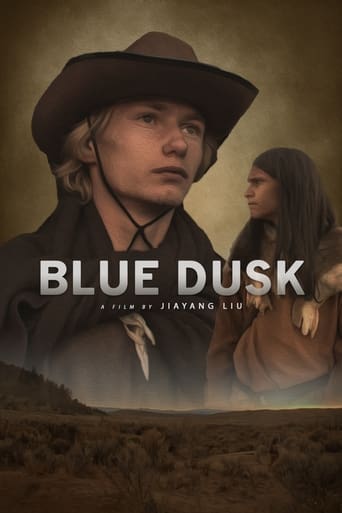


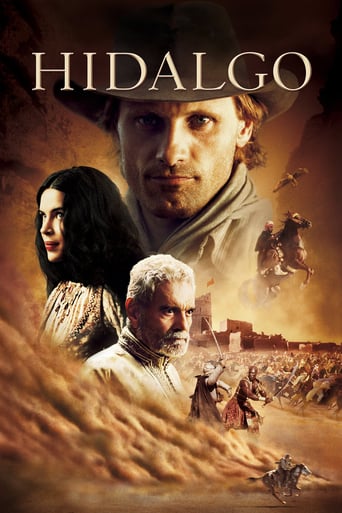
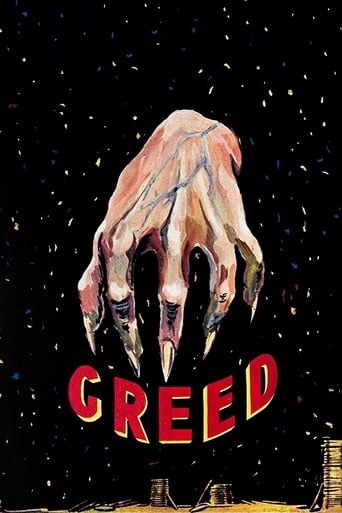
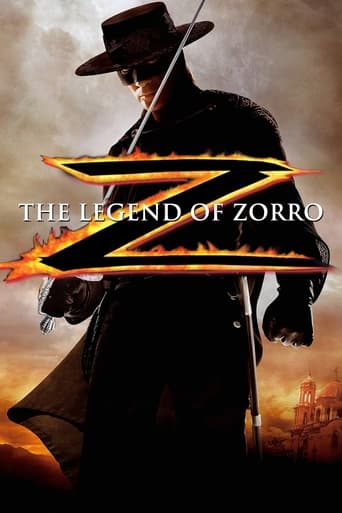
Reviews
Very disappointed :(
Clever and entertaining enough to recommend even to members of the 1%
A film with more than the usual spoiler issues. Talking about it in any detail feels akin to handing you a gift-wrapped present and saying, "I hope you like it -- It's a thriller about a diabolical secret experiment."
One of the most extraordinary films you will see this year. Take that as you want.
Directors: KING BAGGOT, WILLIAM S. HART. Screenplay: C. Gardner Sullivan. Story: Hal G. Evarts. Photography: Joseph August. Music and synchronization for 1939 re-issue: James C. Bradford. Producer: William S. Hart.Copyright 11 November 1925 by The William S. Hart Co. U.S. release through United Artists: 27 December 1925. New York opening at the Mark Strand: 20 December 1925. 7 reels, 7,254 feet. 80 minutes.SYNOPSIS: Don Carver and his pal, Kentucky Rose, are a couple of tumbleweeds-cowpokes that drift from one job to another-when a chance comes for both to settle down with the opening of the Cherokee Strip. NOTES: William S. Hart's final movie, although he did come out of retirement to film the Prologue for this 1939 re-issue. COMMENT: While admitting that Hart "won frequent rounds of applause from the audience", this movie did not impress Mordaunt Hall of The New York Times. Me? I'm firmly with the audience. I just love super-spectacular westerns laced with acres of breathtaking action and I'm particularly partial to movies in which the seasoned yet kind-hearted veteran wins the heart of the ravishing young girl. All the players acquit themselves most ably, and an authentic frontier atmosphere is lovingly re-created. A film not to be missed!
The Netflix version of "Tumbleweeds" is the Paul Killiam version redone in the 1970s, and it has Hart's farewell to the screen. Sure, it's over the top today, but the man was a Shakespearean actor long before he started doing Westerns, and his other stage roles included that of Messala in, I believe, the original stage production of "Ben-Hur." He then, at age 48, didn't sit on his laurels but instead went into the physically demanding field of making Westerns, apparently because the current Westerns of the time didn't portray accurately the real Wild West he had grown up in; and he did some fine work there before finally retiring.After all that, if the man wanted to pull out all the stops in his final farewell, more power to him! Some of "Tumbleweeds" is a little hokey (the singing and some of the plot developments, for example), and Hart's acting seems a little wooden today (although it does convey an inner strength that helps his character get through physical trials, like that long hard ride in the land rush), but the authenticity grabs your attention in spite of that. Right at the start, for instance, it seems as though they are showing film of a 19th Century cattle drive. The interiors are very realistic, too, as are the vehicles, costumes,and mannerisms (I love the way Barbara Bedford reacts when Richard Niell puts his hand on her shoulder -- quite in character with those times and quite a contrast to the mores of 1920s America, let alone modern times).The land rush scene is very famous and has been copied a lot, but it still is terrific to watch, particularly the way Hart works the story line into it.I really enjoyed Lucien Littlefield's performance, too (Kentucky Rose, Hart's sidekick). It takes a lot of skill and hard work to look that "stupid" and yet carry the plot along so well: it is so easy to overact and turn it into a farce. Littlefield walks the line but always stays on the right side of it and is very funny and yet also touching (the secondary romantic plot). This was the first role I noticed him in (though he was in "Sons of the Desert," too -- I don't remember him in that). He worked a lot. The Wikipedia entry for him notes that his years of activity were 1914-1960 (the year of his death). Not too many other actors had such a long career.Kentucky Rose would be considered very politically incorrect today, as would (NOTE: there be spoilers ahead!) the shooting of a snake, but there are some very positive things in "Tumbleweeds," too: rescuing two wolf pups and describing the debt the cowboys owe them because they poisoned their parents; apologizing (sort of) to the snake after killing it; showing African-Americans present in the land rush crowd; and presenting Indians (presumably Cherokee) in a positive way, as Hart's friends (though that sign language discussion seems a little long-winded and overwrought, given what they're actually saying).Speaking of sign language, this is the first silent film I've seen that doesn't leave much dialogue to the audience's imagination. Everything is spelled out carefully in the titles, and I think that shows it was aimed at a very specific demographic and not necessarily the same one, say, that Douglas Fairbanks, Sr., was reaching for with his costume dramas at the same time.The filming is also very straightforward and a little rough. Having just watched "Hangman's House" (1928), I couldn't help contrasting the land rush scene here with the horse race in Ford's film, which is very "arty" in comparison. In both films, horses rush at the camera, but the image and its effect on the viewer are very different. One approach is not better than other, of course; each technique fits the film in which it occurs, but it's interesting to note that even in the 1920s, there were different audiences to be catered to.It's also interesting to note that this "rough" film stars a Shakespearean actor while Ford's "arty" film stars a former bare-knuckles boxer (Victor McLaglen) and is also famous today as being the first movie in which a former USC football player, John Wayne, can be clearly seen on camera.Hollywood, especially in the early years, is full of delightful little surprises like that.
In the 1939 re-release's introduction, William S. Hart explains, "The story of 'Tumbleweeds' marks one of the greatest epochs of our American history. It tells of the opening of the Cherokee Strip in the year 1889. Twelve hundred square miles of Cherokee Indian lands, on one front, over two hundred miles long, were thrown open by our government to those seeking good earth upon which they might make their homes."Mr. Hart (as Don Carver) and comic sidekick Lucien Littlefield (as Kentucky Rose) are two of the cattle ranchers who are put out when as the Oklahoman Cherokee Strip is "thrown open" by the government. For Hart, the silver lining comes in the form of a several decades younger sweetheart, homesteader Barbara Bedford (as Molly Lassiter); however, her nasty half-brother J. Gordon Russell (as Noll Lassiter) threatens to spoil the fun. Little brother Jack Murphy (as Bart Lassiter) and his pup have the highest profile relationship that actually works. Still, the film has Hart, and its exciting "land rush!" sequence.The re-release (which, apart from Hart's cool Shakespearian appearance, is the inferior version, by the way) features the legendary star's farewell: "My friends, I loved the art of making motion pictures. It is as the breath of life to me no longer a cloud of dust, but a beautiful golden haze through which appears a long phantom herd of trailing cattle. At their head, a Pinto pony with an empty saddle the boys up ahead are calling -- they're waiting for you and me to help drive this last great round-up into eternity "Adios, amigos. God bless you all, each and every one." ******* Tumbleweeds (12/20/25) King Baggot ~ William S. Hart, Lucien Littlefield, Barbara Bedford
"Tumbleweeds" is a classic of the silent era. It marked the final film in the career of western movie pioneer William S. Hart. The plot revolves around the Cherokee Land Rush of 1889 Oklahoma where a large tract of land was thrown open to the public for the taking by the American government. Don Carver (Hart) and his pal Kentucky Rose (Lucien Littlefield) had been earning their living as "tumbleweeds", another name for drifting cowpokes. When the last roundup is completed, they decide to take part in the land rush. Carver meets up with the charming Molly Lassiter (Barbara Bedford) after having had an altercation with her half brother Noll (J. Gordon Russell). Noll teams up with Bill Freel (Richard R. Neill) to acquire a choice ranch section by any means necessary. Turns out that Carver has his sights set on the same ranch which he wants to get for Molly. The highlight of the film is of course, the land rush sequence. It is marvelously staged by Directors King Baggot and Hart himself. A cast of thousands was employed. A remarkable piece of film making for this or any other time. The version of the film that is usually shown these days is the 1939 re-issue which had sound effects added, as well as a moving prologue filmed especially for this version. It features Hart coming out of retirement and describing the film and then talking about his career and in effect saying goodbye to all of his fans. He had left films after "Tumbleweeds" following a dispute with the film's distributor. Hart had always insisted on realism in his films. This had worked in his early films but in the 20s, he had to compete with the more popular films of the flamboyant Tom Mix. He had reached his 60s by this time so he wisely decided to go out on top. Ohh...the thrill of it all!
Top Streaming Movies











